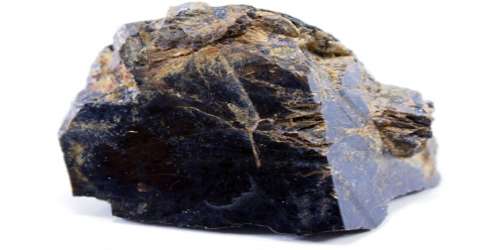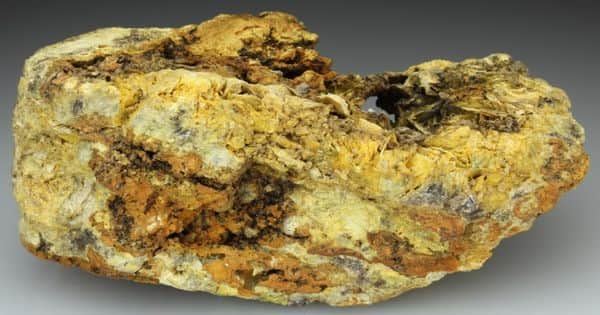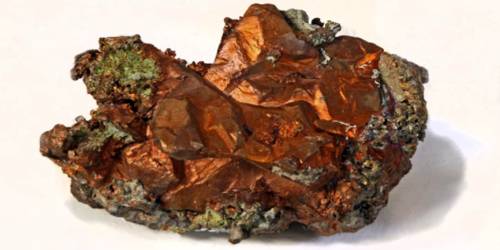Homilite is a borosilicate mineral belonging to the gadolinite group of minerals with formula Ca2(Fe, Mg)B2Si2O10. It is a mineral consisting of a black or blackish brown iron calcium borosilicate. It is a monoclinic-prismatic mineral containing boron, calcium, iron, magnesium, oxygen, and silicon.
It occurs as brown monoclinic crystals within feldspar masses in pegmatite and was discovered in 1876 in Stoko island, Langesundfiord, Norway. The name is from the Greek to occur together, in allusion to its association with meliphanite and allanite.
General information
- Formula: Ca2(Fe, Mg)B2Si2O10
- Hardness: 5 – 5½
- Crystal System: Monoclinic
- Member of: Datolite Subgroup

Fig: Homilite – borosilicate mineral
Properties:
- Cleavage: None
- Color: Black, Blackish brown.
- Density: 3.38
- Diaphaneity: Translucent to subtranslucent
- Fracture: Brittle – Generally displayed by glasses and most non-metallic minerals.
- Habit: Tabular – Form dimensions are thin in one direction.
- Hardness: 5 – Apatite
- Luster: Vitreous (Glassy)
Occurrence: In pegmatite. It is a borosilicate of iron and calcium, occurring in black or brownish-black monoclinic crystals near Brevig, Norway. It is closely allied to datolite in form and composition.
Association: Allanite, meliphanite, titanite, zircon, aegirine, lÄollingite, astrophyllite, melanocerite, nordenskiÄoldine, wÄohlerite, hiortdahlite, molybdenite.
Information Source:
















